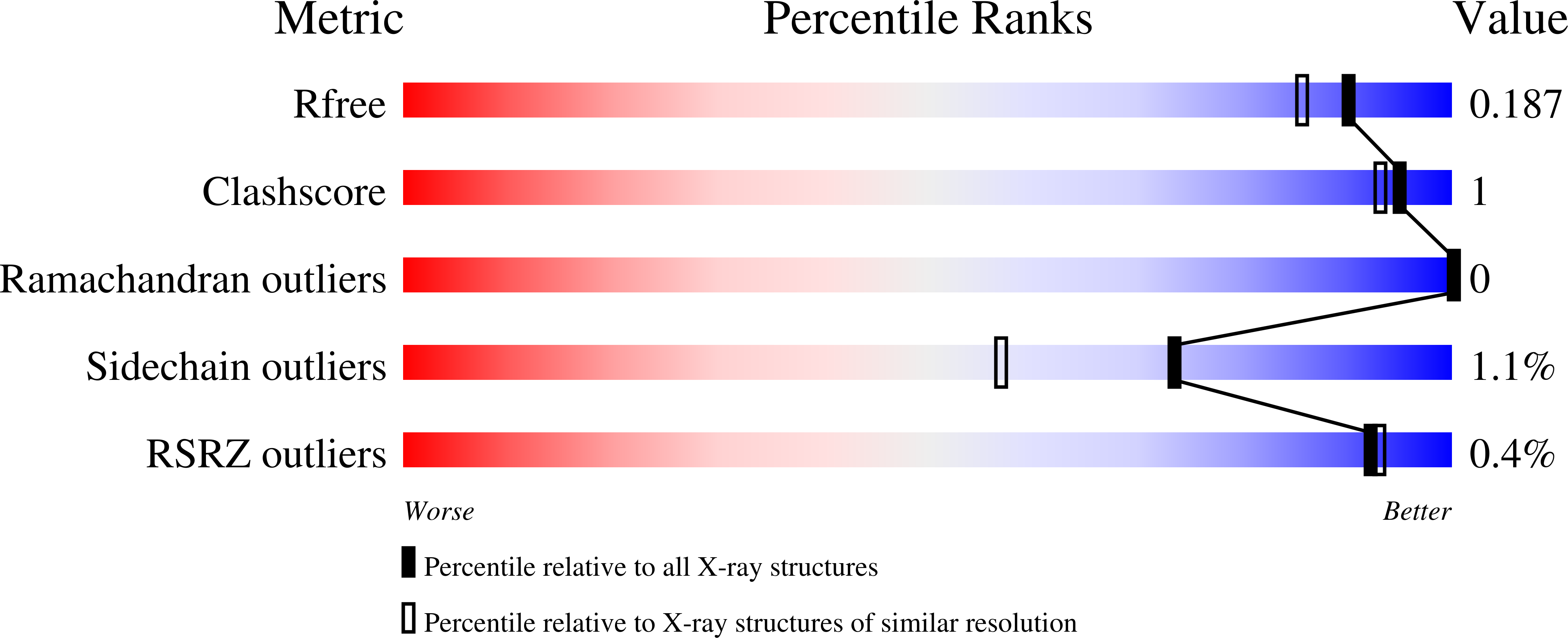
Deposition Date
2004-12-02
Release Date
2005-12-13
Last Version Date
2024-11-20
Entry Detail
PDB ID:
1Y5B
Keywords:
Title:
Dianhydrosugar-based benzamidine, factor Xa specific inhibitor in complex with bovine trypsin mutant
Biological Source:
Source Organism:
Bos taurus (Taxon ID: 9913)
Host Organism:
Method Details:
Experimental Method:
Resolution:
1.65 Å
R-Value Free:
0.22
R-Value Work:
0.16
R-Value Observed:
0.16
Space Group:
P 31 2 1


